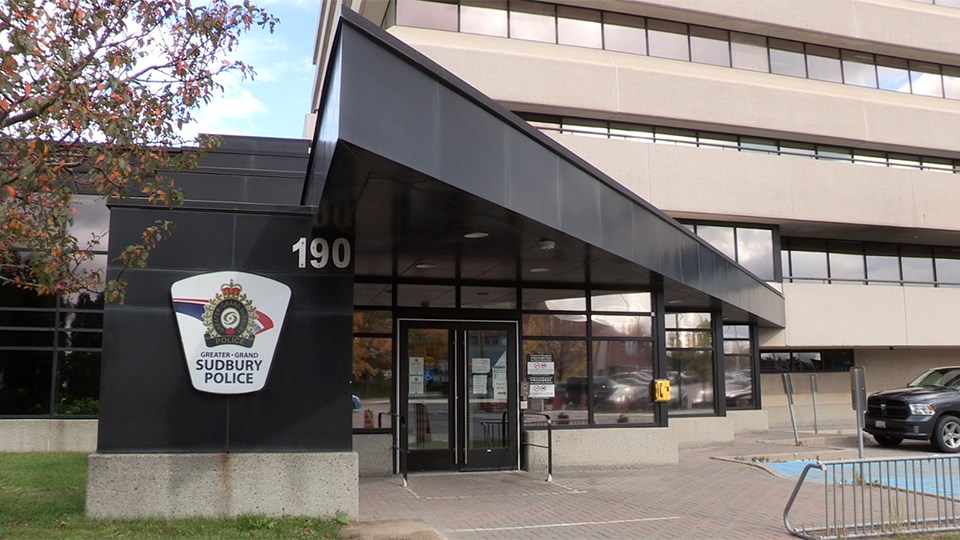Last year marked the first time since 2015 Greater Sudbury’s overall crime severity index has decreased year over year.
Although a 4.3 per cent drop in overall crime severity index compared to 2020 and as reported by Statistics Canada appears promising, the context behind it paints a more worrisome picture.
At 84.39, Greater Sudbury’s overall crime severity index is still much higher than it was in 2015, when 59.37 was recorded. The index assigns crimes weight based on their seriousness, which factors in sentences handed down by the courts.
The violent crime severity index, meanwhile, increased from 112.47 in 2020 to last year’s 127.15. This is a 13.05 per cent increase year over year, which is much greater than the five per cent recorded nationally. It’s also more than double Greater Sudbury’s 2015 violent crime severity index of 64.49.
Greater Sudbury’s non-violent crime severity index hit a six-year low of 68.81 last year, decreasing by 13.15 compared to the 79.23 recorded in 2020.
In a media release, Greater Sudbury Police Service noted Canada’s total crime severity index rate decreased by 0.3 per cent last year compared to Greater Sudbury’s 4.3 per cent.
The overall national crime severity index is 73.7, which compares to Greater Sudbury’s 84.39.
Alongside an approximately 13 per cent jump in Greater Sudbury’s violent crime severity index was a 25.1 per cent jump in sexual assaults last year. There were 244 sexual assaults reported in 2021, of which 106 were classified as “cleared,” which refers to cases where charges were laid. This clearance rate of 43.3 per cent is on par with the city’s overall clearance rate for offences, which was 41.3 per cent last year.
Nationally, there was an 18 per cent increase in the rate of level one sexual assaults, which involves “assault of a sexual nature that violates the sexual integrity of the victim,” according to Statistics Canada’s latest report. Level two (involving a weapon or threats to use a weapon) and three (involving assaults that wound, maim, disfigure or endanger the life of a victim) sexual assaults decreased by a respective five and 13 per cent.
“In 2020, pandemic-related lockdown conditions could have exacerbated issues around underreporting of Sexual Assaults,” according to Statistics Canada.
“With widespread Stay-at-Home Orders and overburdened hospital and medical care resources, it may have been difficult for Survivors to come forward and report instances of Sexual Assault, and less likely that a third-party (for example doctor or teacher) would identify signs of abuse, particularly in children and youth.”
Greater Sudbury Police Service note Project Champion, a four-year initiative whose goal is increasing awareness and education in regards to sexual violence, will enhance report checking and survivor-centred training for officers alongside awareness of alternative reporting methods.
“We are dedicated and committed to working with our community partners in order ensure culturally sensitive wrap-around services are available to survivors of sexual assault.”
There were six homicide investigations in Greater Sudbury last year and nine attempted murder investigations. These incidents were targeted and isolated, according to police, who clarified those involved were known to each other. Of the 15 investigations, 14 resulted in a person or people believed responsible arrested and charged.
In their release, city police note the COVID-19 pandemic has had “a dramatic impact on the mental health, physical health, emotional health and financial status of our community members, with many of our vulnerable population being displaced into the downtown core.”
“We recognize that the increased visibility of homelessness and those living with addictions and mental health illnesses impacts the perception of safety and the visibility of crime, however we know that enforcement is not a suitable or sustainable way to address these concerns.”
Police note they intend to continue working with community partners to address root causes of “social disorder, including homelessness, addictions and mental health in order to ensure the appropriate response prior to police intervention.”



